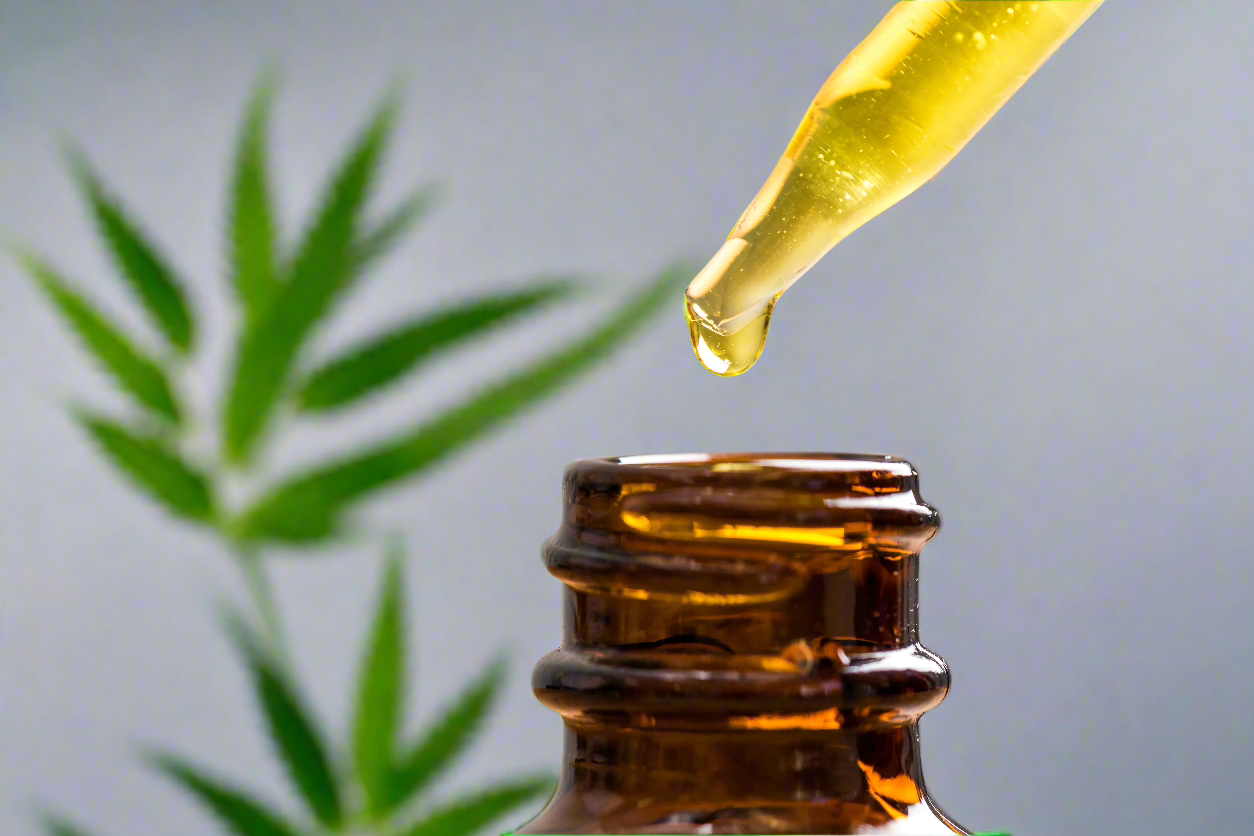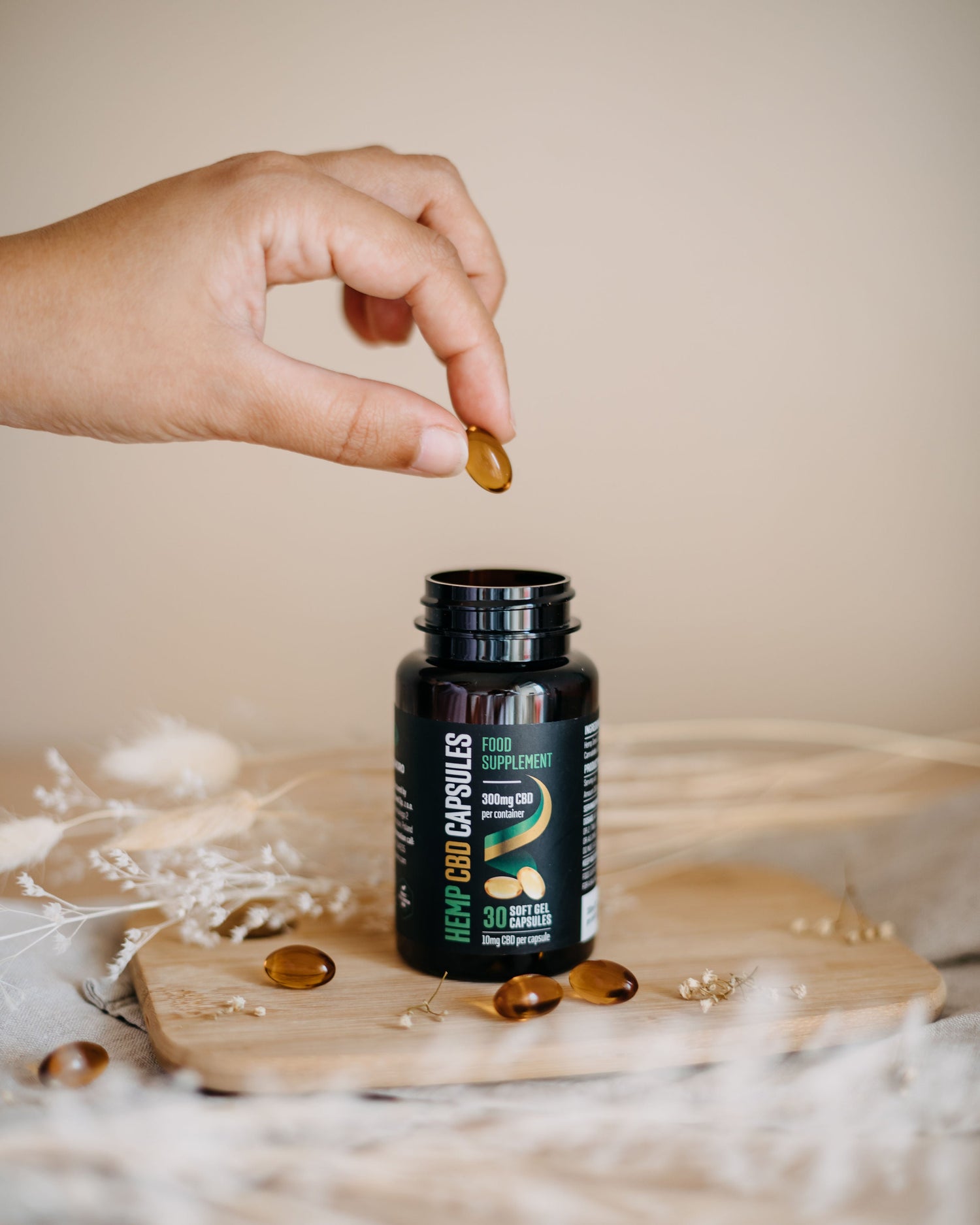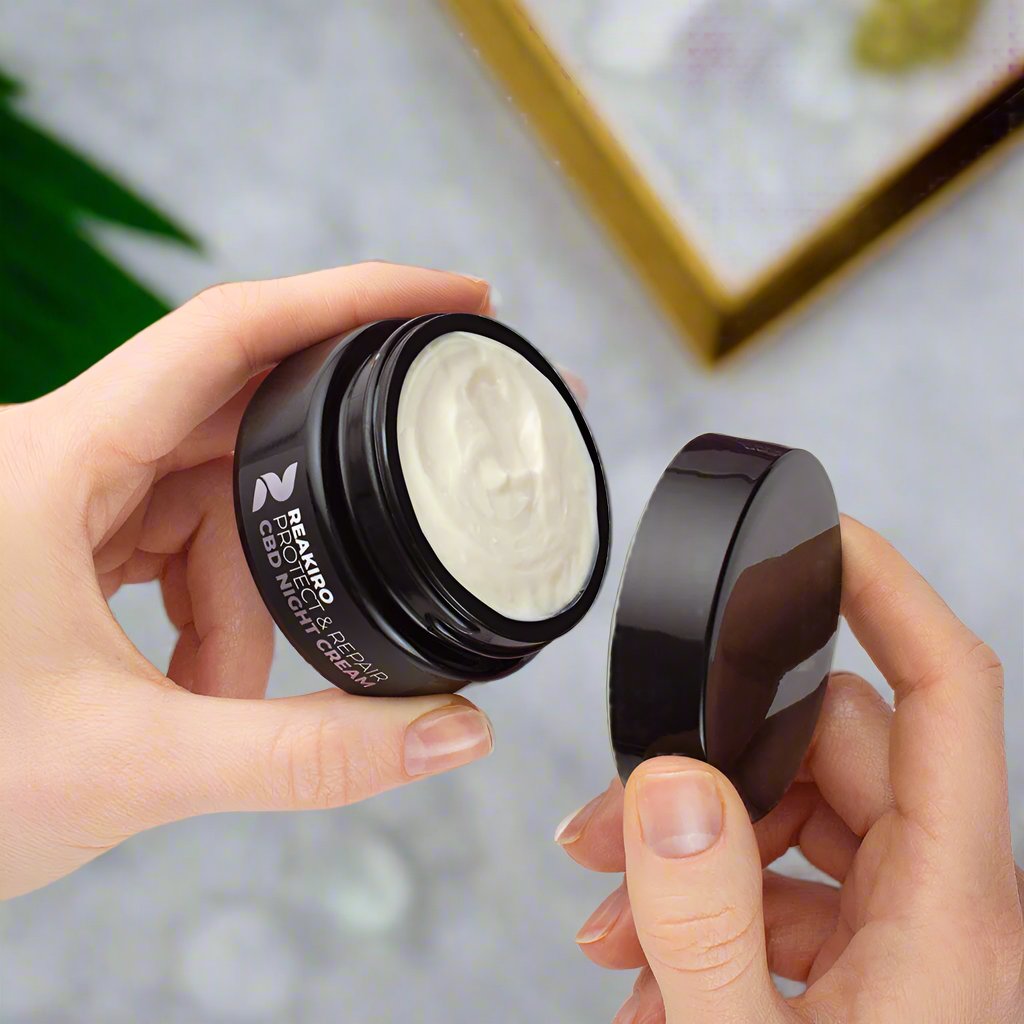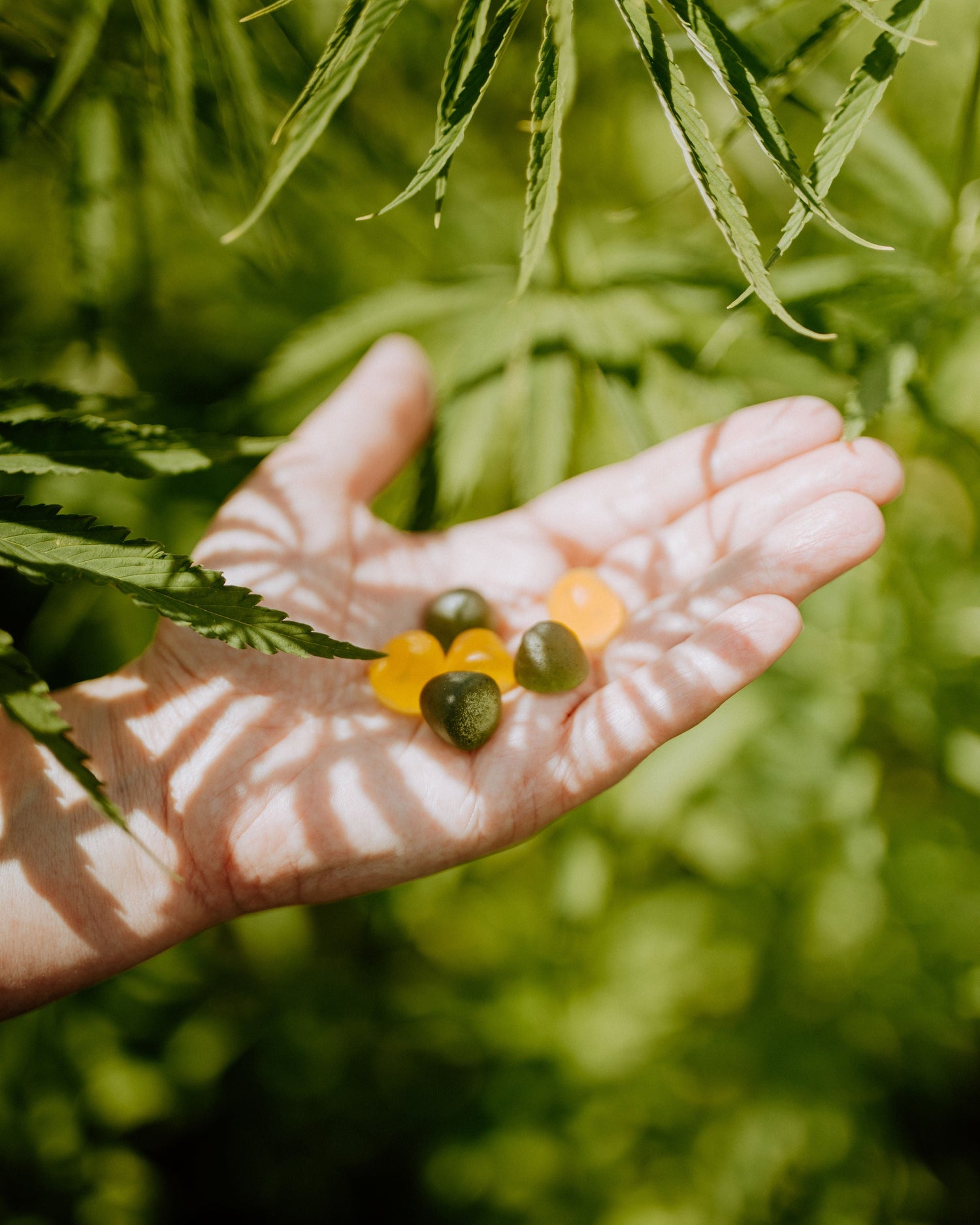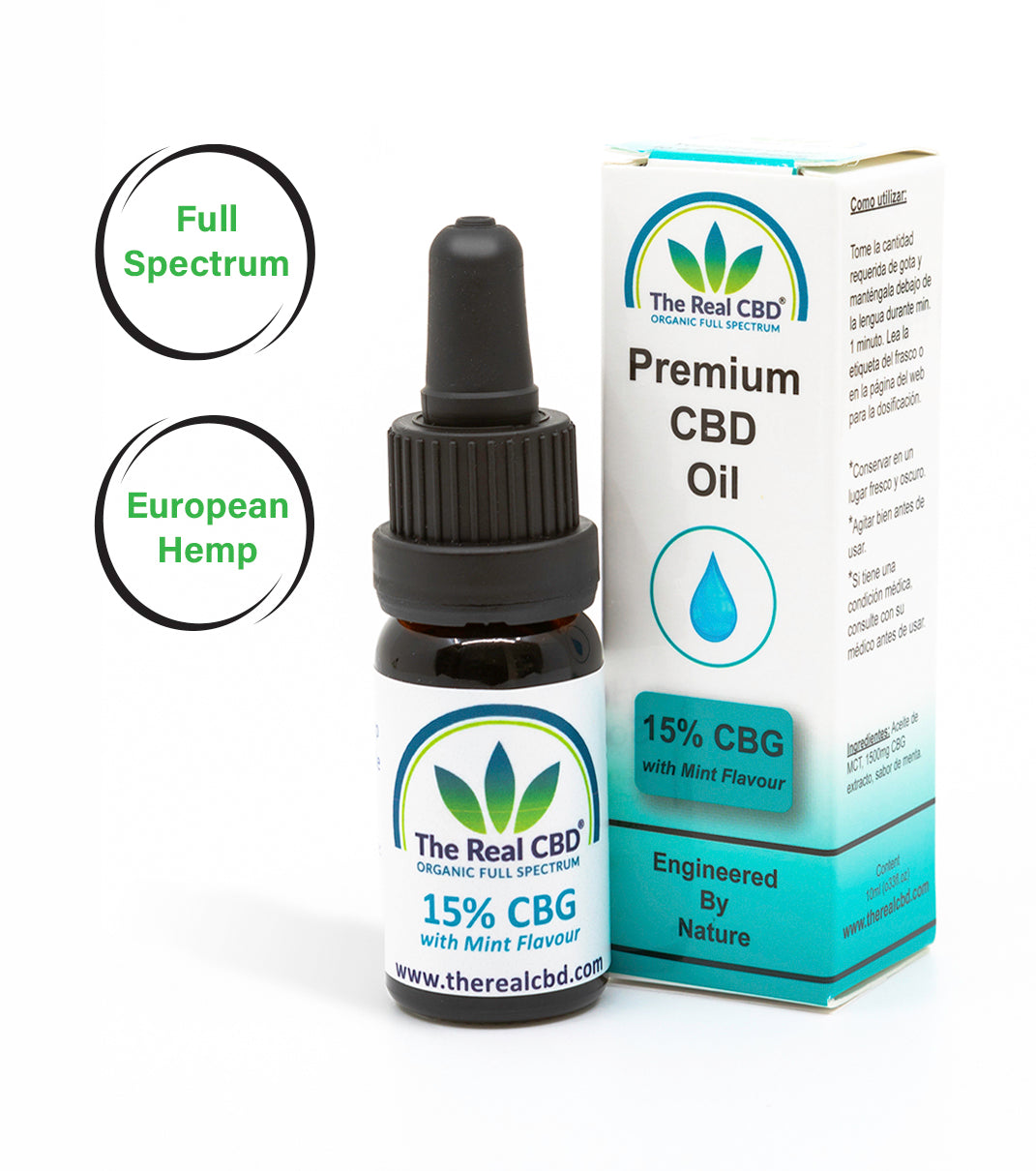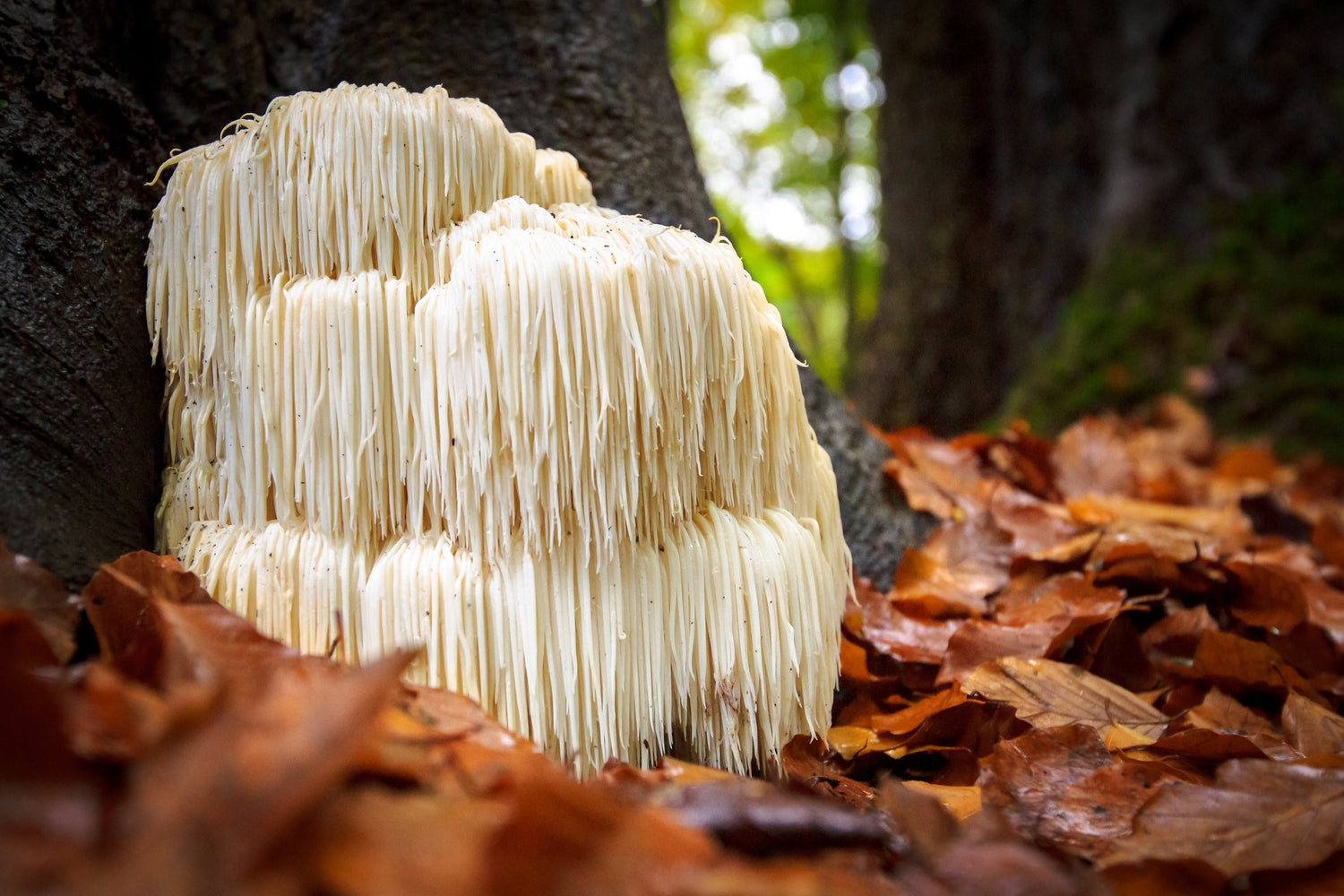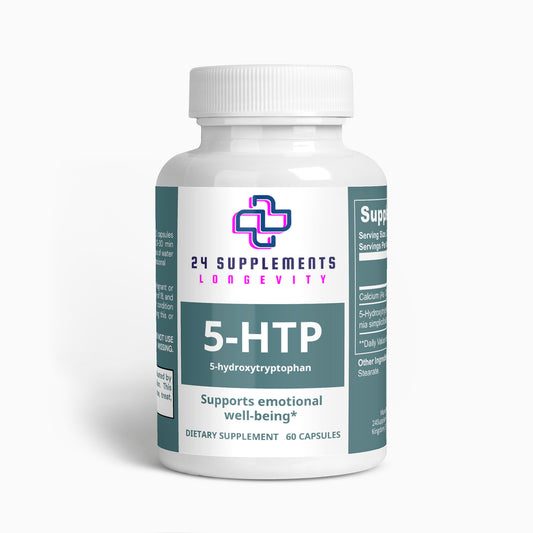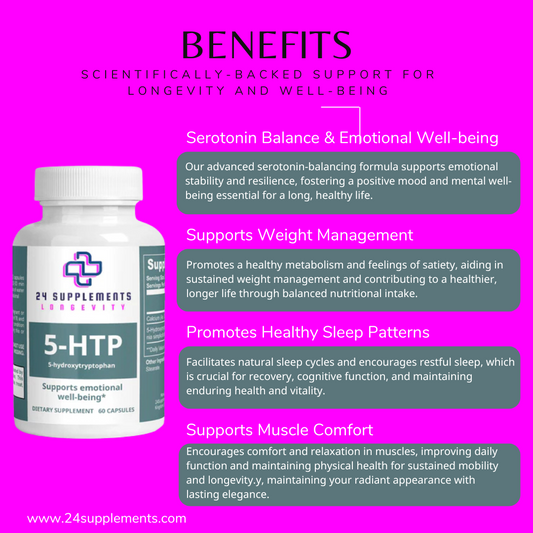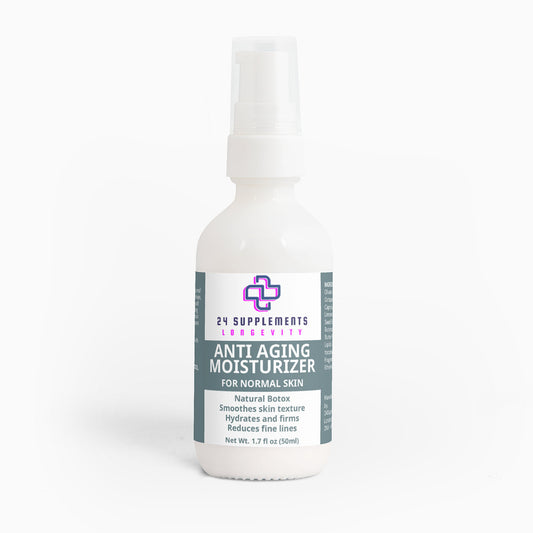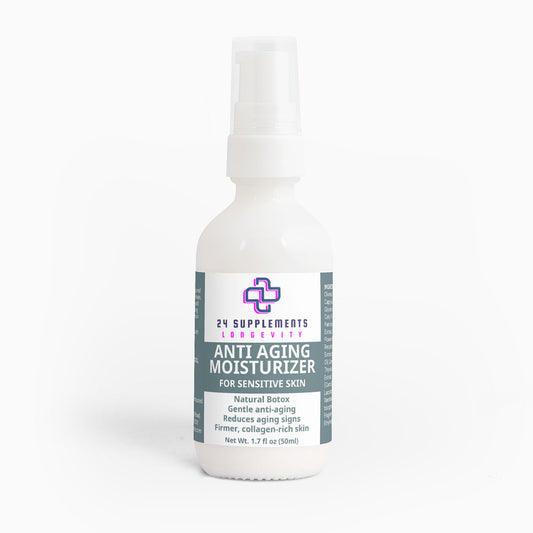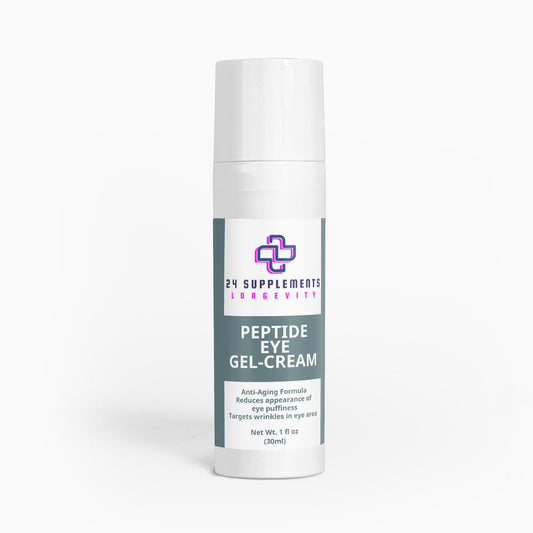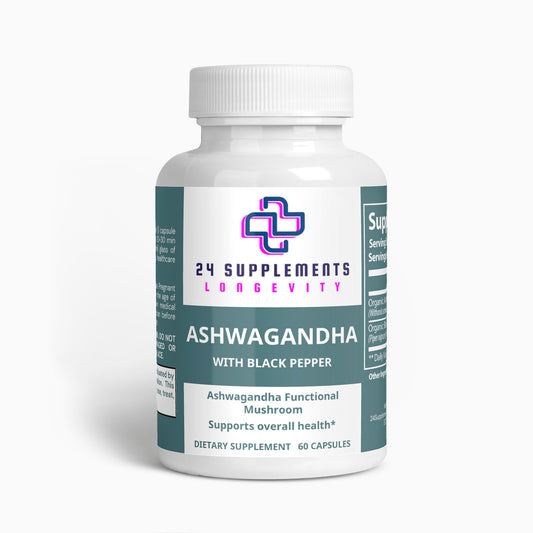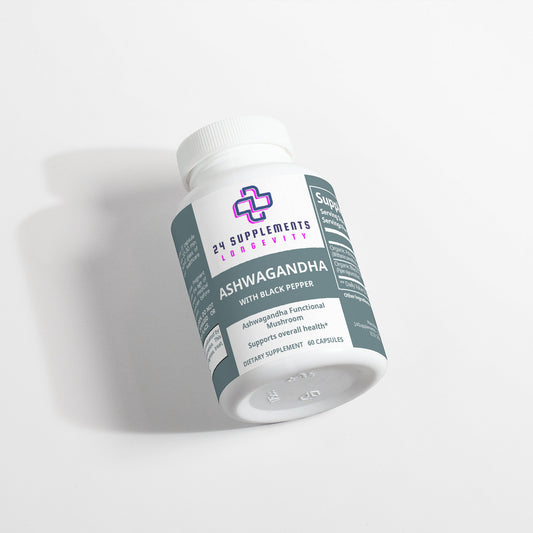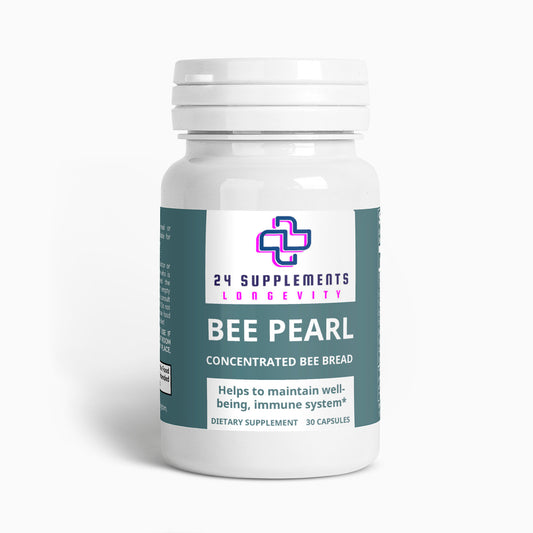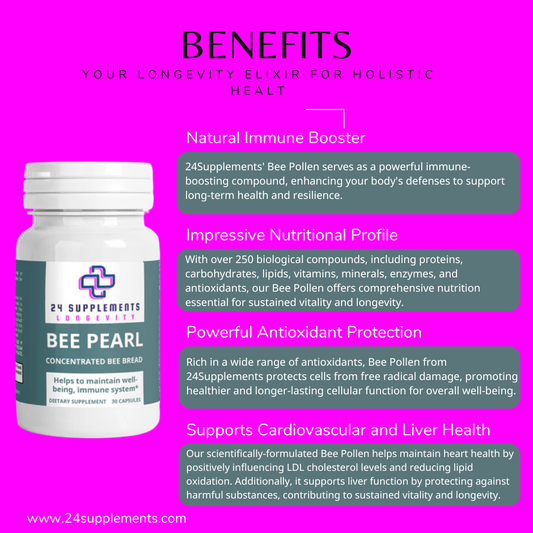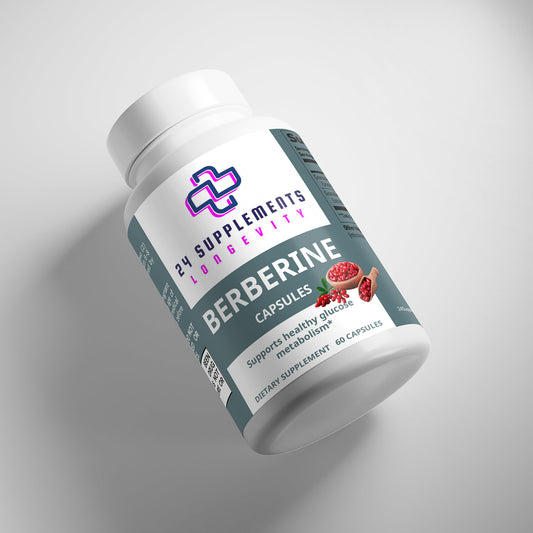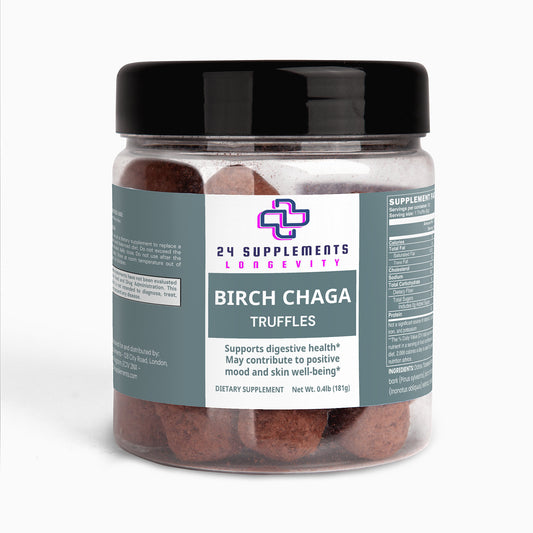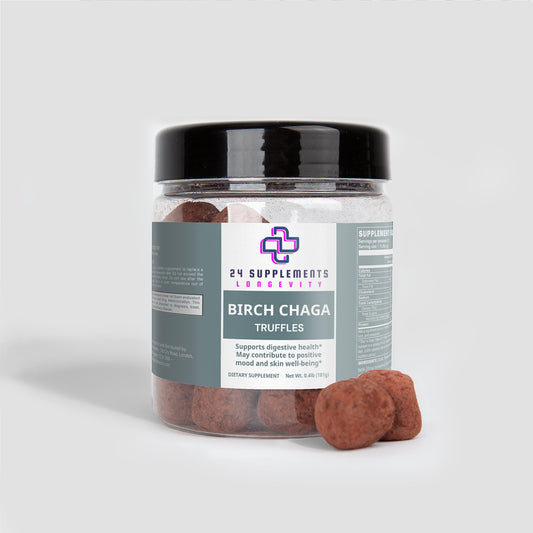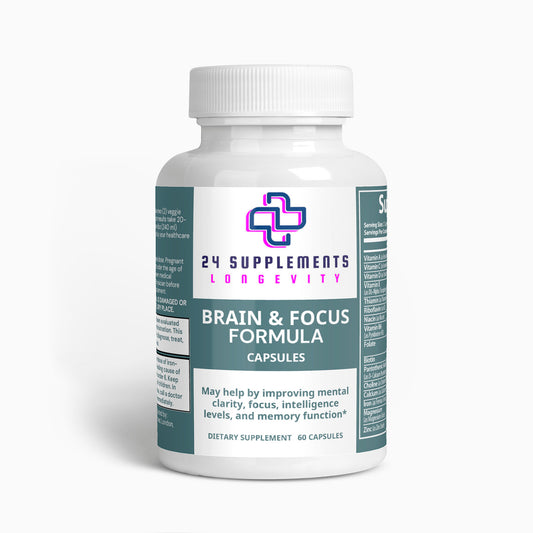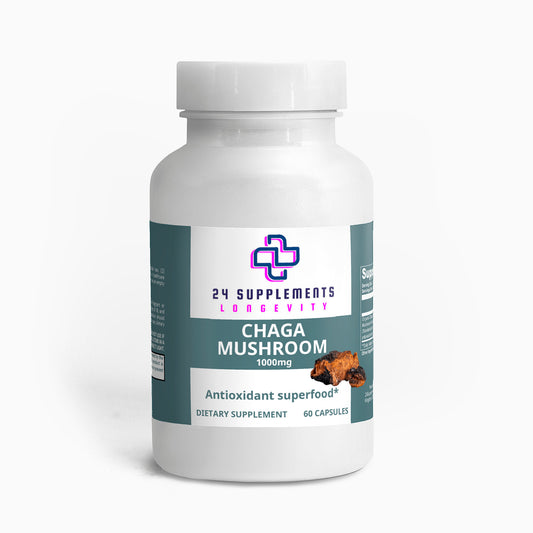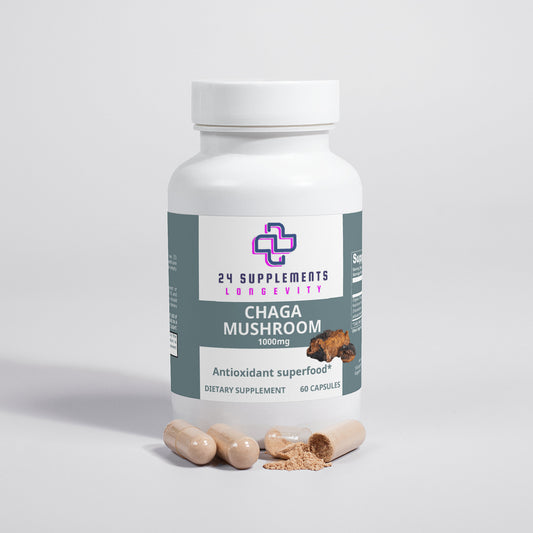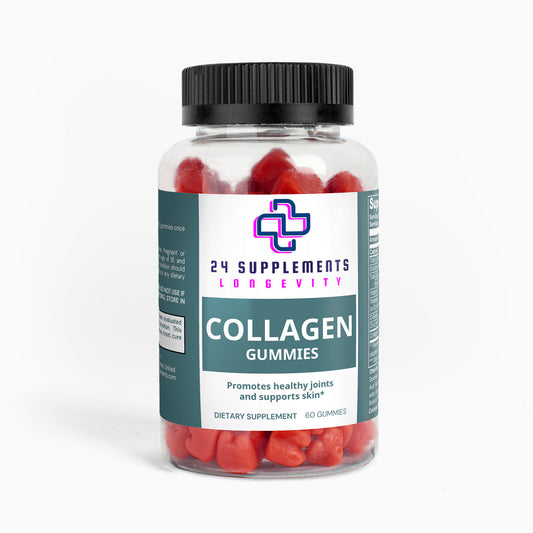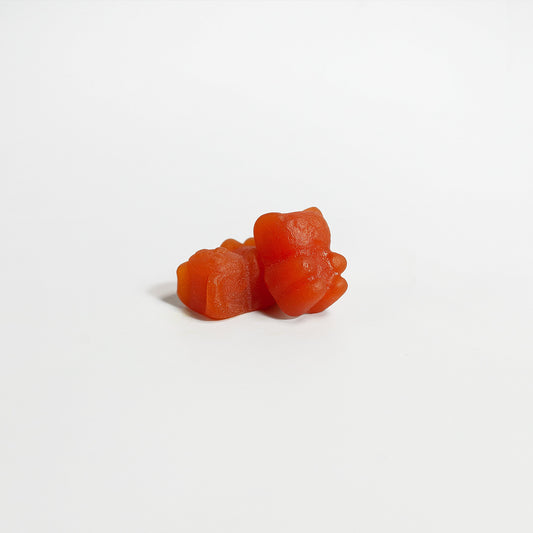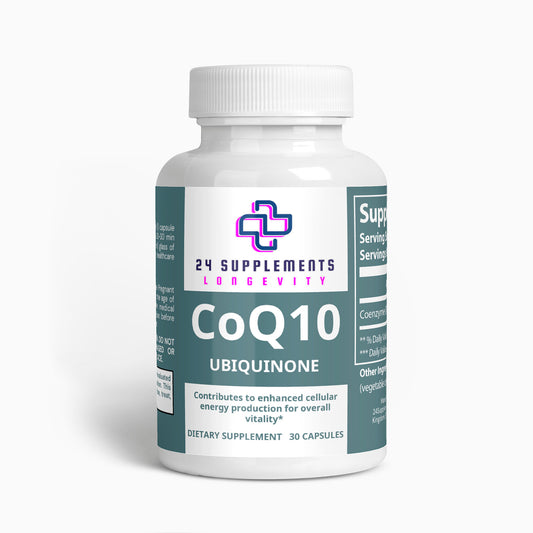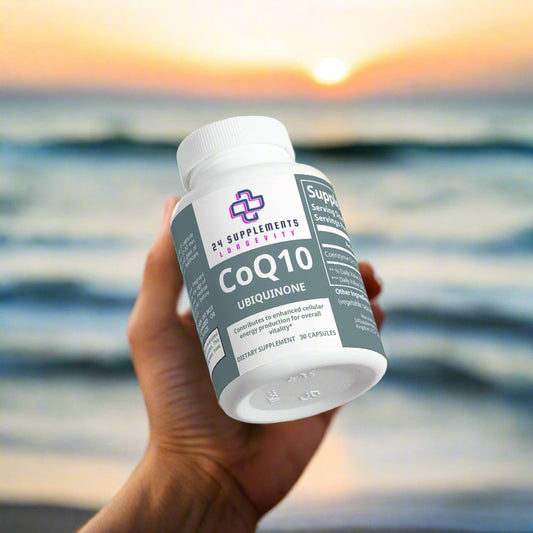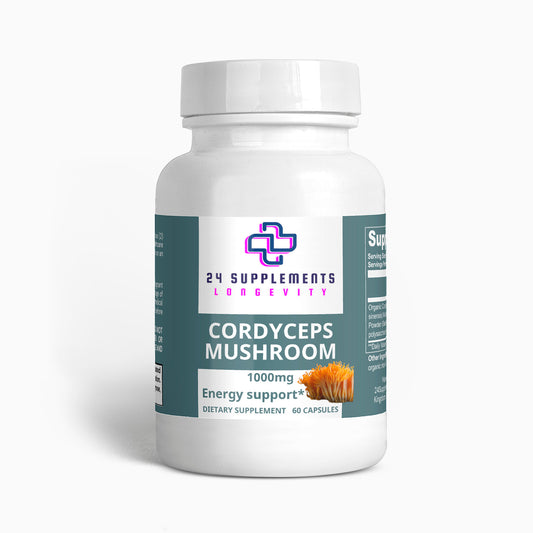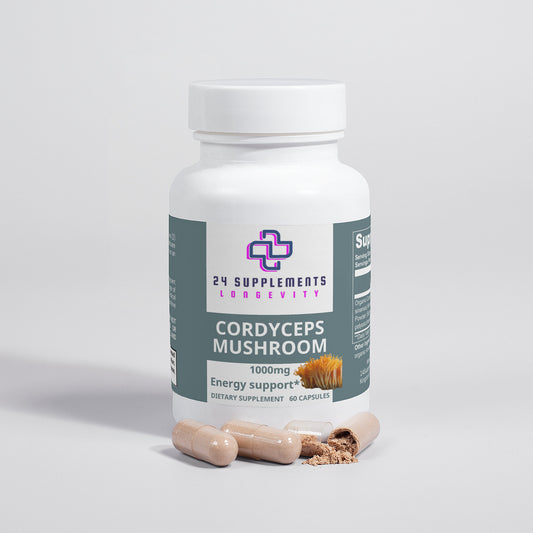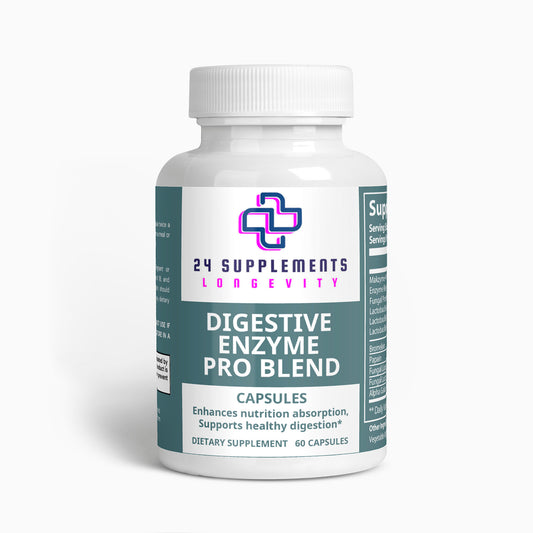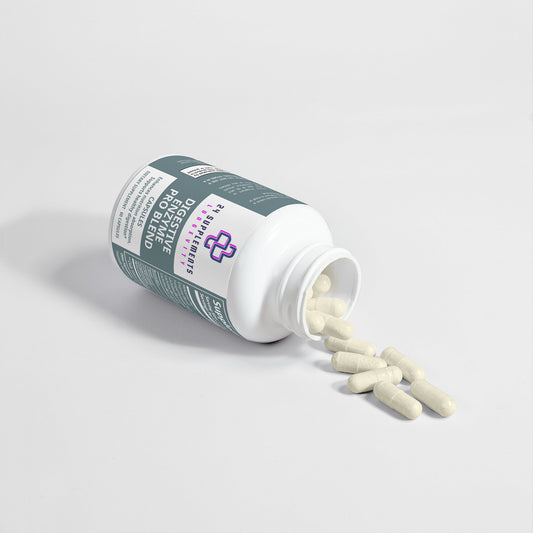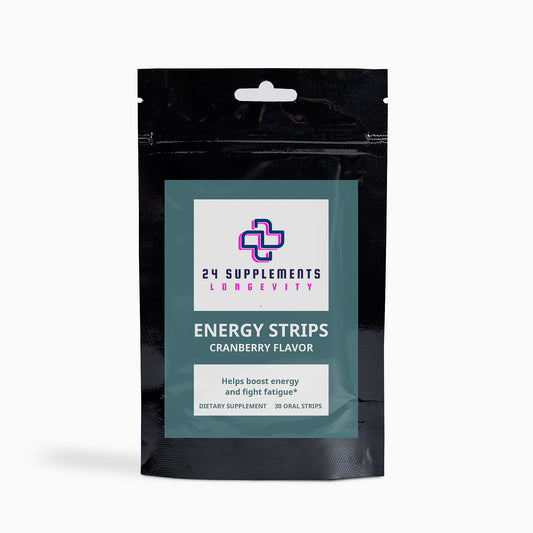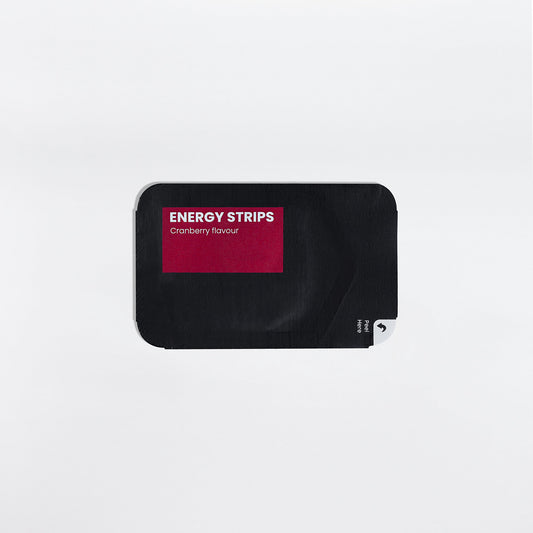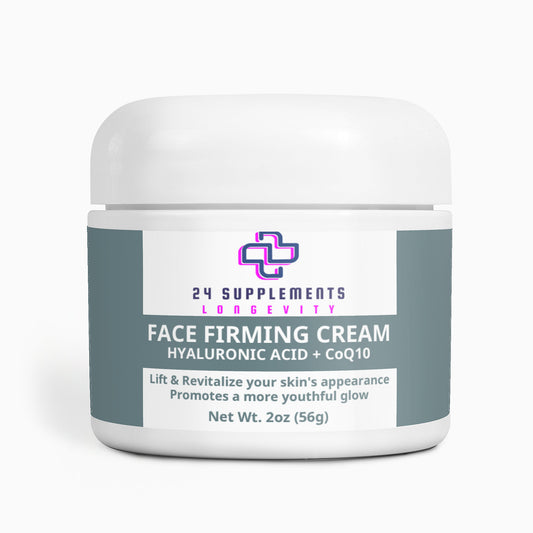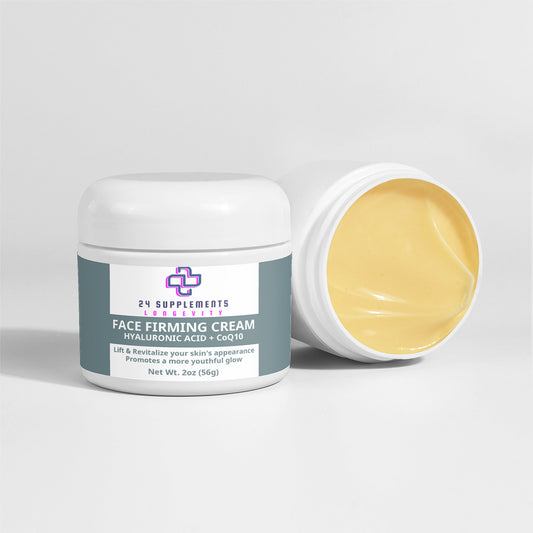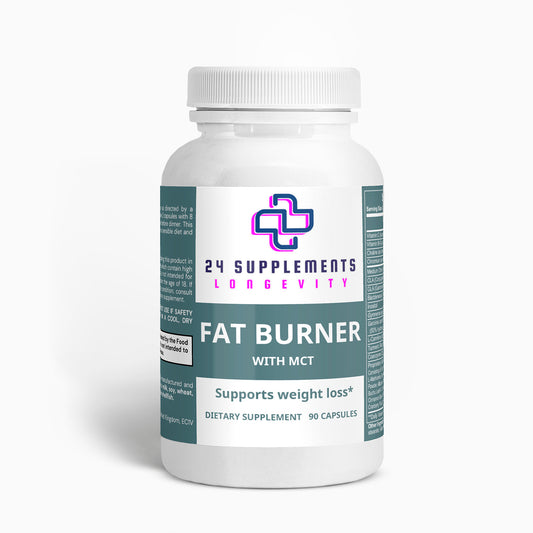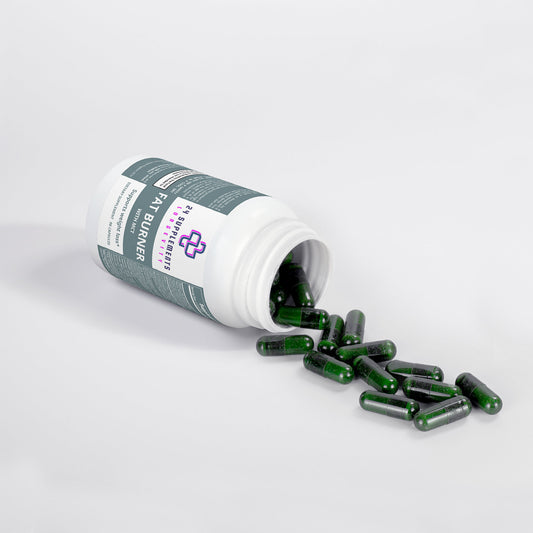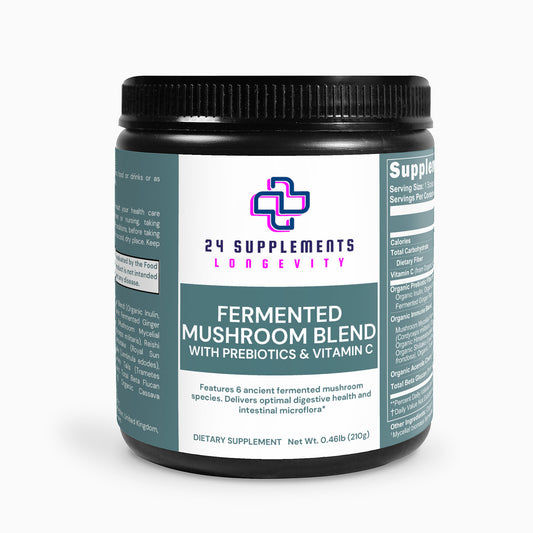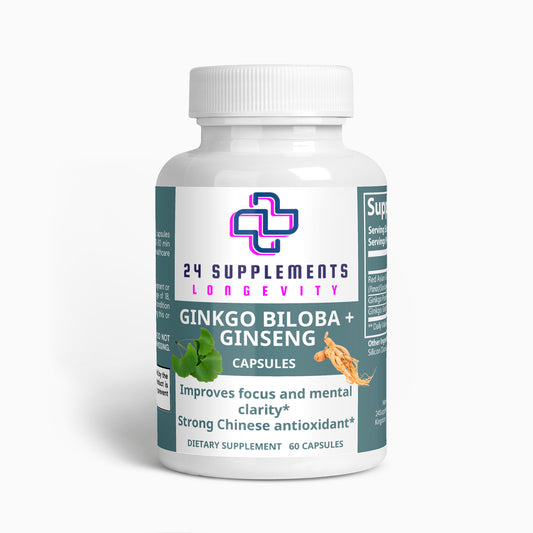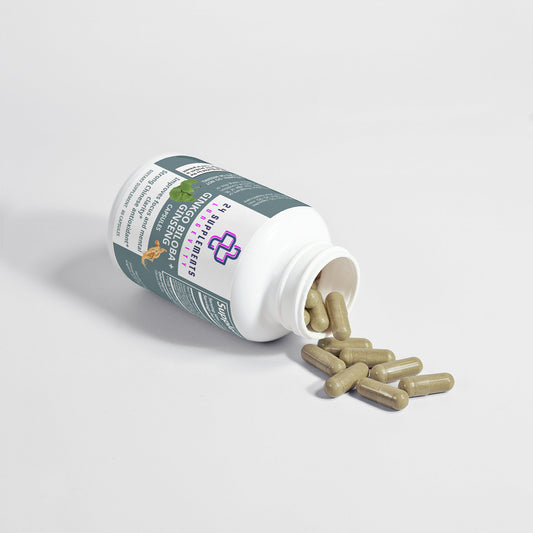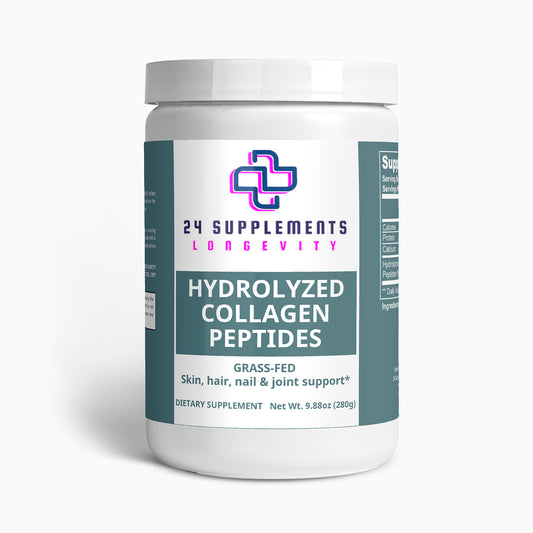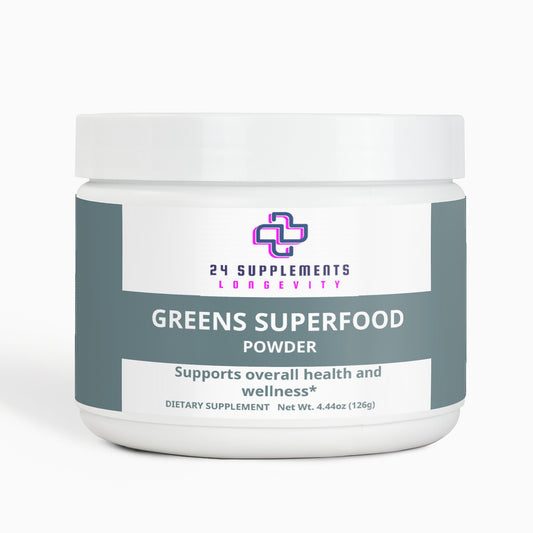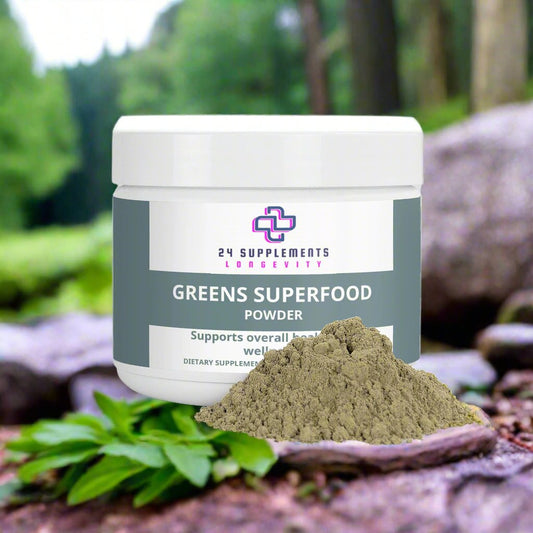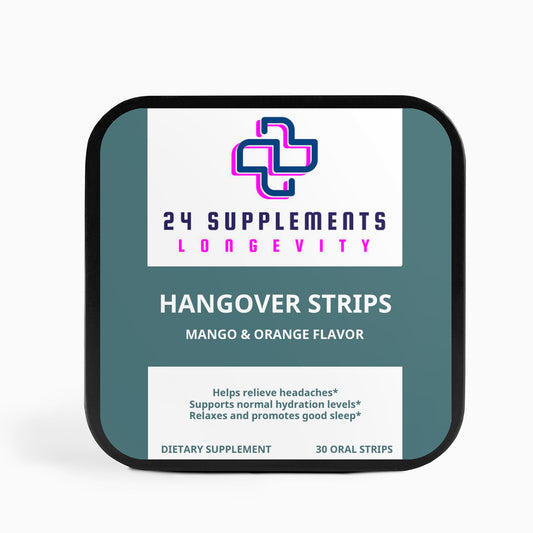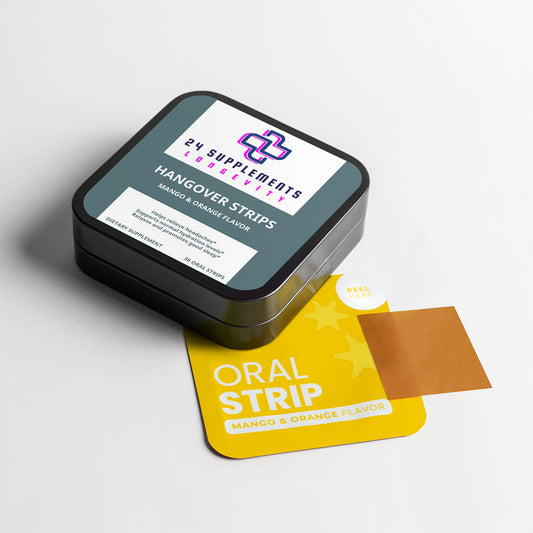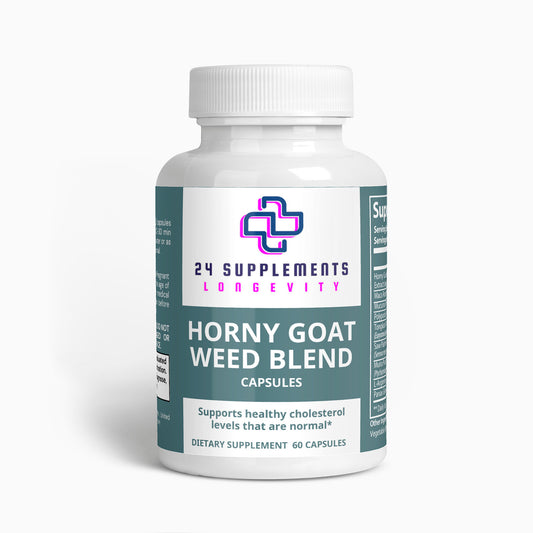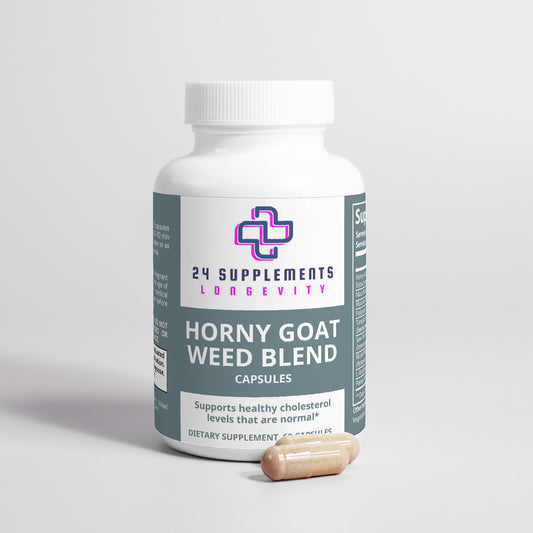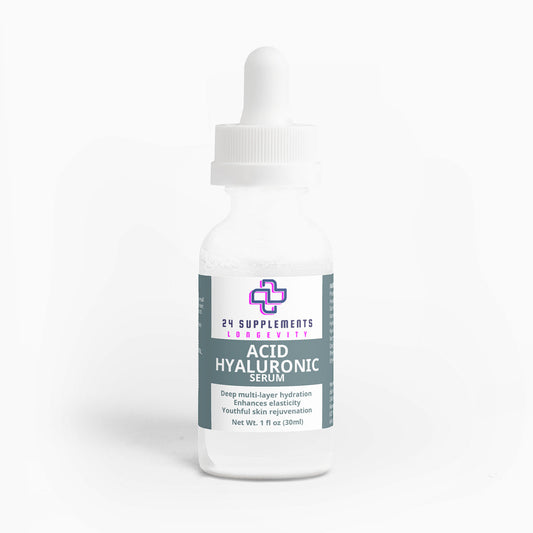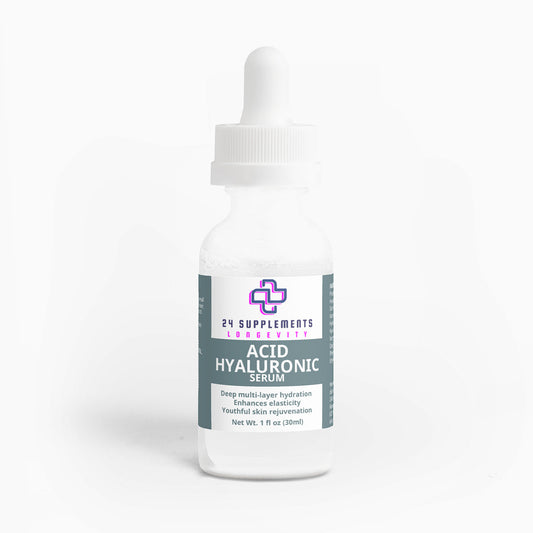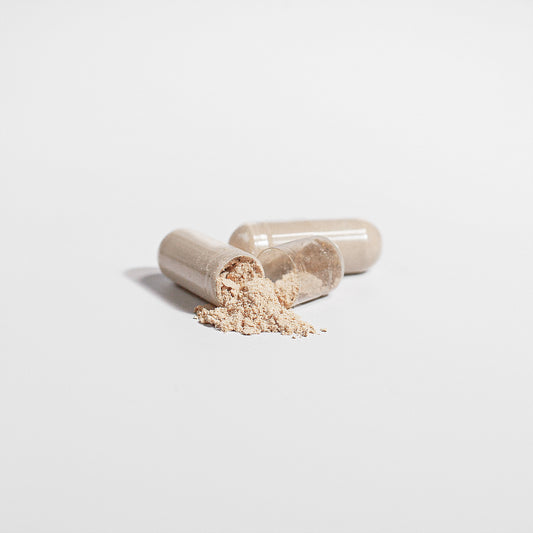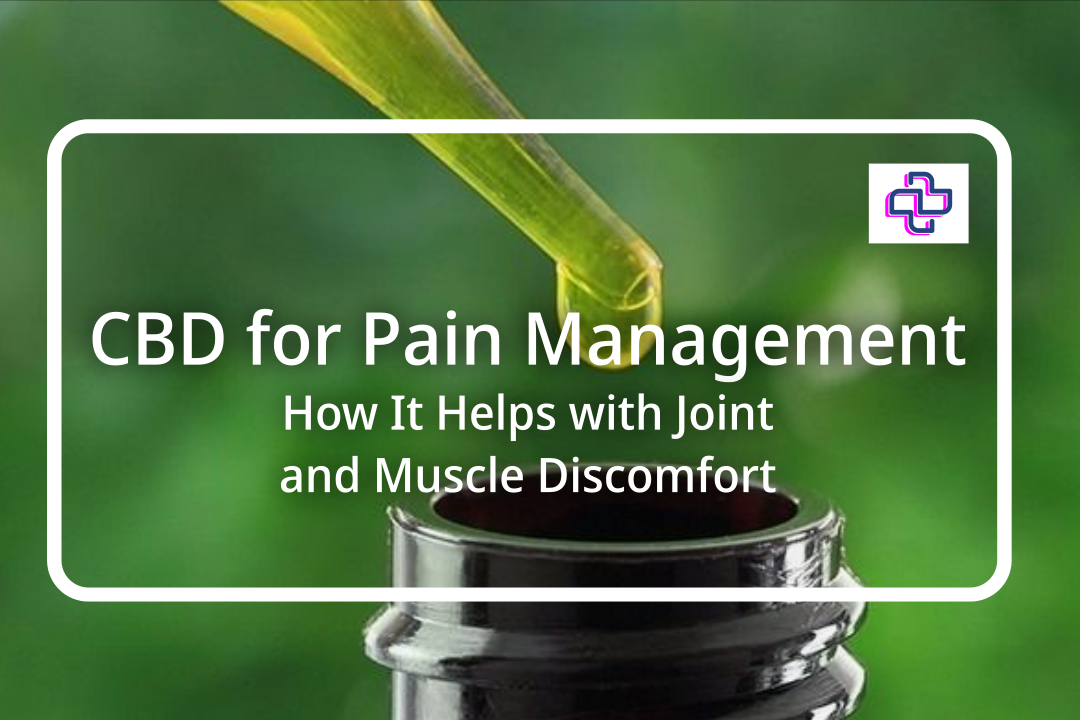
CBD for Pain Management: How It Helps with Joint and Muscle Discomfort
Share
CBD for Pain Management: Scientific Insights into Joint and Muscle Discomfort Relief
Introduction
As the search for effective and natural pain relief intensifies, cannabidiol (CBD) has emerged as a promising compound. Derived from the Cannabis sativa plant, CBD is gaining attention for its potential therapeutic effects on pain management without the psychoactive effects associated with tetrahydrocannabinol (THC). At 24Supplements, we are dedicated to providing scientifically-backed CBD products to help alleviate joint and muscle discomfort. This comprehensive article delves into the chemistry of CBD, its mechanisms of action, case studies, and how it compares to traditional pain medications.
Table of Contents
- Chemical Structure of CBD
- Mechanism of Action in Pain Relief
- Scientific Case Studies and Research
- Comparison with Traditional Pain Medications
- Benefits of CBD for Joint Pain
- CBD for Muscle Soreness and Recovery
- How to Use CBD Effectively
- Choosing Quality CBD Products
- 24Supplements' Top CBD Products
- Frequently Asked Questions
- Conclusion
1. Chemical Structure of CBD
Cannabidiol (CBD) is a phytocannabinoid consisting of 21 carbon atoms, 30 hydrogen atoms, and 2 oxygen atoms, with the molecular formula C21H30O2. It has a complex structure characterized by a cyclohexene ring, a phenol group, and a pentyl side chain. Unlike THC, CBD lacks a cyclic ring, which contributes to its non-psychoactive properties.
Illustration: For a detailed diagram of CBD's chemical structure, see the diagram below.

2. Mechanism of Action in Pain Relief
CBD interacts with the body's endocannabinoid system (ECS), which plays a crucial role in maintaining homeostasis. The ECS comprises endogenous cannabinoids (endocannabinoids), receptors (CB1 and CB2), and enzymes responsible for synthesizing and degrading endocannabinoids.
Interaction with CB1 and CB2 Receptors
Unlike THC, CBD has a low affinity for CB1 and CB2 receptors but modulates their activity indirectly. CBD inhibits the enzyme fatty acid amide hydrolase (FAAH), which breaks down anandamide, an endocannabinoid that binds to CB1 receptors. By inhibiting FAAH, CBD increases anandamide levels, enhancing its pain-relieving effects (Pertwee, 2009).
Serotonin Receptor Modulation
CBD also interacts with the 5-HT1A serotonin receptor, which is involved in pain perception, anxiety, and sleep. Activation of this receptor can lead to analgesic effects, contributing to CBD's ability to alleviate pain (Russo et al., 2008).
3. Scientific Case Studies and Research
Numerous studies have investigated CBD's potential in pain management:
Study 1: CBD in Rheumatoid Arthritis
A randomized trial involving patients with rheumatoid arthritis found that Sativex (a CBD-based medication) significantly reduced pain and improved sleep quality compared to a placebo (Blake et al., 2006).
Study 2: CBD for Chronic Pain
A review in the Journal of Experimental Medicine indicated that CBD suppressed chronic inflammatory and neuropathic pain in rodents without causing tolerance (Burstein, 2015).
Graph: Efficacy of CBD in Pain Reduction
See the graph below to visualize CBD's impact on pain levels.

4. Comparison with Traditional Pain Medications
Traditional pain medications include nonsteroidal anti-inflammatory drugs (NSAIDs) and opioids. While effective, these medications come with significant side effects and risks.
NSAIDs
- Mechanism: Inhibit cyclooxygenase enzymes (COX-1 and COX-2) to reduce inflammation.
- Side Effects: Gastrointestinal issues, increased risk of cardiovascular events.
Opioids
- Mechanism: Bind to opioid receptors in the brain to block pain signals.
- Side Effects: Risk of addiction, respiratory depression, constipation.
Advantages of CBD
- Non-Addictive: CBD does not produce dependence.
- Fewer Side Effects: Generally well-tolerated with mild side effects like dry mouth.
- Anti-Inflammatory: Reduces inflammation without inhibiting COX enzymes.
Graph: Comparison With Traditional Pain Medications
See the graph below for a comparison of CBD with traditional pain medications.

5. Benefits of CBD for Joint Pain
Joint pain often results from inflammation, cartilage degradation, and immune system dysfunction. CBD's anti-inflammatory and immunomodulatory effects make it a candidate for managing joint pain.
Reduction of Inflammatory Markers
CBD has been shown to decrease levels of tumor necrosis factor-alpha (TNF-α) and interleukins, which are pro-inflammatory cytokines involved in joint inflammation (Nagarkatti et al., 2009).
Cartilage Protection
Studies suggest that CBD may protect joint cartilage by inhibiting the breakdown of collagen and other joint components.
Graph: Benefits of CBD for Joint Pain
Below is a pie chart showing reported benefits of CBD for joint pain.

6. CBD for Muscle Soreness and Recovery
Muscle soreness is often due to microtears in muscle fibers and inflammation following intense physical activity. CBD can aid in muscle recovery through several mechanisms:
Anti-Inflammatory Effects
By reducing inflammatory responses, CBD may decrease delayed onset muscle soreness (DOMS), helping athletes recover faster (Gamelin et al., 2018).
Graph: CBD for Muscle Soreness and Recovery
See the graph below illustrating CBD's effect on muscle soreness and recovery.

Graph: CBD Anti-Inflammatory Effect
Below is a graph showing the anti-inflammatory effect of CBD over time.

7. How to Use CBD Effectively
Effective use of CBD for pain management involves selecting the right product and dosage.
Dosage Guidelines
Start with a low dose (e.g., 5-10 mg per day) and gradually increase until desired effects are achieved. Consult a healthcare professional for personalized advice.
Administration Methods
- Oral: Capsules, edibles, and oils for systemic relief.
- Topical: Creams and balms applied directly to the affected area for localized relief.
- Sublingual: Tinctures absorbed under the tongue for faster onset.
8. Choosing Quality CBD Products
Quality matters when selecting CBD products:
- Third-Party Testing: Look for products tested by independent labs for purity and potency.
- Full-Spectrum vs. Isolate: Full-spectrum products contain additional beneficial cannabinoids and terpenes.
- Organic Hemp: Choose products derived from organically grown hemp to avoid pesticides.
At 24Supplements, all our products meet these quality standards.
9. 24Supplements' Top CBD Products
We offer a range of CBD products suitable for pain management:
Full-Spectrum CBD Oil
Our CBD Oil provides systemic relief with the entourage effect of multiple cannabinoids.
CBD Muscle Balm
Our Muscle Balm offers localized relief with added ingredients like menthol for a soothing sensation.
CBD Softgel Capsules
Our Capsules provide a convenient way to consume CBD with precise dosing.
10. Frequently Asked Questions
Q: Is CBD safe to use?
A: CBD is generally considered safe, with few reported side effects. However, consult a healthcare provider before starting any new supplement.
Q: Will CBD interact with my medications?
A: CBD can interact with certain medications metabolized by the liver's cytochrome P450 enzymes. Consult your doctor for personalized advice.
Q: Can CBD get me high?
A: No, CBD is non-psychoactive and does not produce a "high."
11. Conclusion
CBD offers a scientifically-backed alternative for managing joint and muscle pain. Its interaction with the endocannabinoid system, anti-inflammatory properties, and favorable safety profile make it a promising option compared to traditional pain medications. At 24Supplements, we are committed to providing high-quality CBD products to support your journey toward better health and well-being.
Disclaimer: This article is for informational purposes only and is not intended as medical advice. Consult a healthcare professional before using CBD products, especially if you are pregnant, nursing, or taking medications. CBD products are not intended to diagnose, treat, cure, or prevent any disease.


